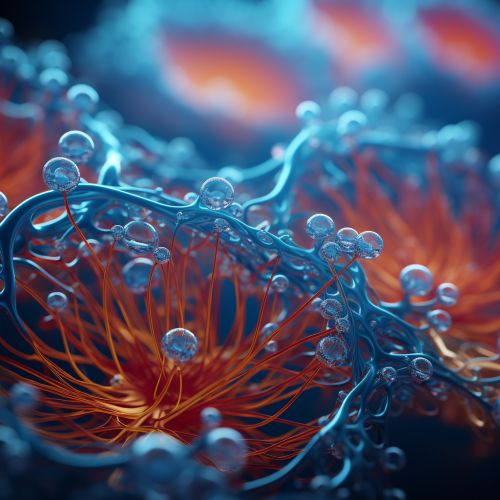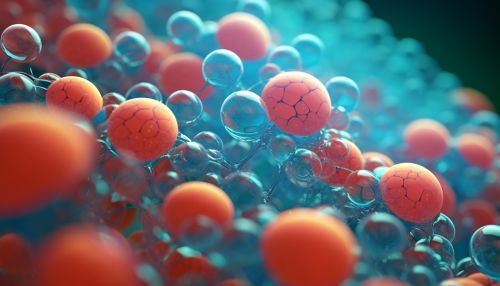The Biochemistry of Enzyme Function and Regulation
Introduction
Enzymes are proteins that act as biological catalysts, speeding up chemical reactions that take place within cells. They play a crucial role in the life of an organism, facilitating essential processes such as digestion, DNA replication, and energy production. The biochemistry of enzyme function and regulation is a complex and fascinating field, involving the study of enzyme structure, mechanism of action, and the various factors that influence their activity.

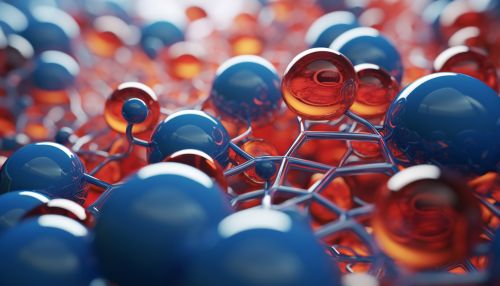
Structure of Enzymes
Enzymes are composed of one or more polypeptide chains, which are sequences of amino acids linked by peptide bonds. The sequence of amino acids in a polypeptide chain is determined by the genetic code of the organism. This sequence folds into a unique three-dimensional structure, which is crucial for the enzyme's function.
The structure of an enzyme can be divided into two levels: primary and tertiary. The primary structure refers to the sequence of amino acids, while the tertiary structure refers to the overall three-dimensional shape of the enzyme. The tertiary structure is held together by various types of bonds and interactions, including hydrogen bonds, ionic bonds, and van der Waals forces.

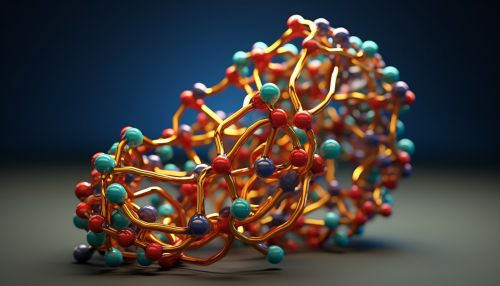
Enzyme Function
Enzymes function by lowering the activation energy of a chemical reaction, thereby allowing the reaction to proceed more rapidly. They achieve this by binding to the reactants, or substrates, and facilitating their interaction. The site on the enzyme where the substrate binds is known as the active site.
The mechanism by which enzymes catalyze reactions is known as the lock and key model. According to this model, the active site of an enzyme is precisely shaped to fit the substrate, much like a key fits into a lock. When the substrate binds to the active site, it forms an enzyme-substrate complex. The enzyme then catalyzes the reaction, converting the substrate into the product.
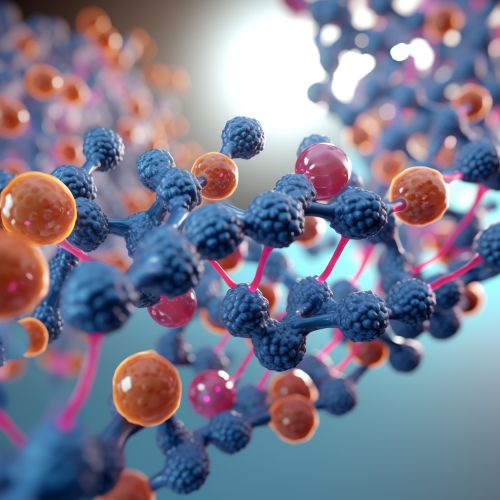

Enzyme Regulation
The activity of enzymes is tightly regulated by the cell to ensure that metabolic reactions occur at the appropriate rate. There are several mechanisms by which this regulation can occur, including allosteric regulation, covalent modification, and proteolytic cleavage.
Allosteric regulation involves the binding of a regulatory molecule to a site on the enzyme other than the active site. This binding can either activate or inhibit the enzyme, depending on the nature of the regulatory molecule and the enzyme.
Covalent modification involves the addition or removal of a chemical group, such as a phosphate or methyl group, to the enzyme. This can alter the enzyme's activity by changing its conformation or its interaction with substrates.
Proteolytic cleavage involves the removal of a portion of the enzyme, which can either activate or inactivate the enzyme. This is a common mechanism of regulation for digestive enzymes, which are synthesized as inactive precursors and activated by cleavage in the digestive tract.
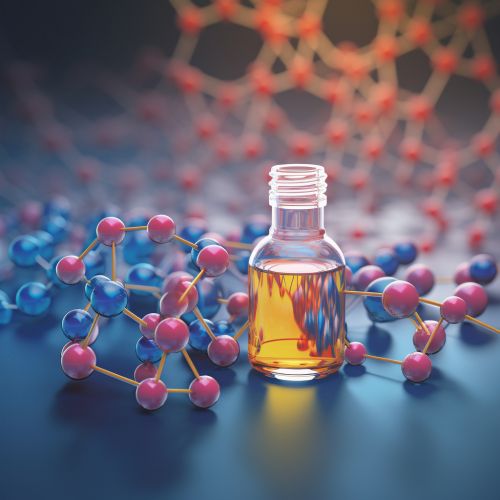

Enzyme Inhibition
In addition to regulation by the cell, enzyme activity can also be affected by inhibitors. Enzyme inhibitors are molecules that bind to enzymes and decrease their activity. There are two main types of inhibitors: competitive and non-competitive.
Competitive inhibitors are molecules that are similar in structure to the substrate and compete with the substrate for binding to the active site. They can be overcome by increasing the concentration of the substrate.
Non-competitive inhibitors are molecules that bind to a site on the enzyme other than the active site, causing a change in the enzyme's conformation that reduces its activity. They cannot be overcome by increasing the concentration of the substrate.


Conclusion
The biochemistry of enzyme function and regulation is a complex and fascinating field that is crucial to our understanding of life at the molecular level. By studying enzymes, we can gain insights into the mechanisms of life processes, and develop new drugs and therapies to treat diseases.
